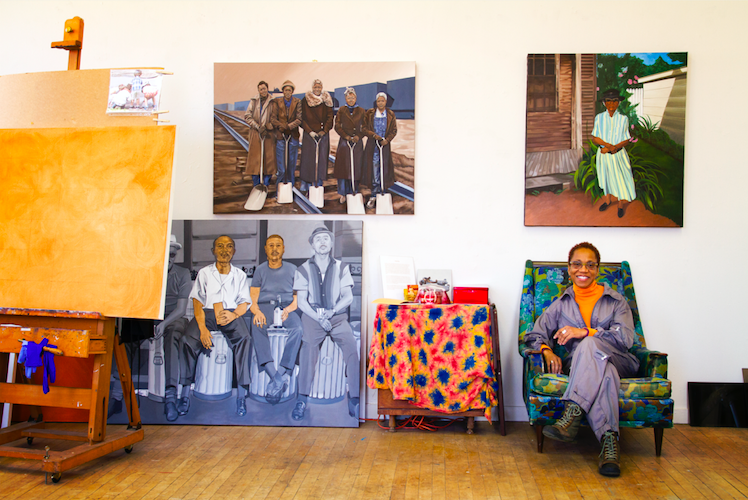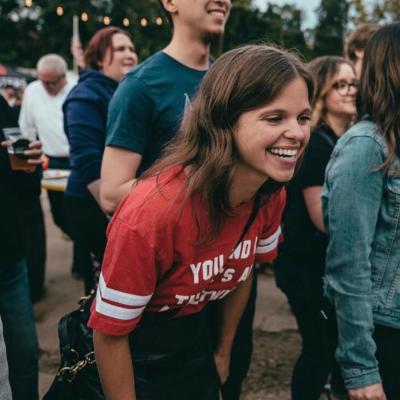
When social distancing measures were put into place last month to limit the spread of coronavirus, members of the Baltimore arts community were some of the first to feel the economic effects.
With crowds limited to 250, then 50, then 10 before a stay-at-home order was instated, the likes of concerts, art exhibits, plays, and other performances were quickly postponed, then cancelled, bringing many city artists’ primary source of income to an abrupt halt overnight.
Almost immediately, individual artists and grassroots organizations, like artist-organizer Alanah Nichole and Necessary Tomorrows’ Sharayna Christmas, began crowdsourcing to help the creative community, inspiring the creation of the newly established Baltimore Artist Emergency Relief Fund.
“Artists are innately resilient and resourceful—they understand what it means to get by, to make the best of it, which sometimes means they don’t have safety nets,” says Maggie Villegas, executive director of the Baltimore Creatives Acceleration Network (BCAN), a city-wide initiative that supports artists creating works with limited resources. “We saw patterns of emergency response were emerging, and we started thinking about how we could coordinate resources, engage philanthropy, connect with the community, and support them.”
“We’re all trying to do better for Baltimore, and we’re stronger together,” says Jocquelyn Downs, arts council director for the Baltimore Office of Promotion & The Arts (BOPA).
Launched on Wednesday, the coalition-led grant fund—created in partnership with some 20 creative leaders, including the likes of BCAN, BOPA, the Maryland Institute College of Art, Open Works, Impact Hub, and several of the city’s arts and entertainment districts—will distribute one-time $500 grants to individual artists of every discipline, from painters and musicians to photographers and actors, who have faced financial hardship in the wake of COVID-19, such as cancelled shows or contracts. Grant funds can be used for the likes of food, shelter, medical expenses, creative supplies, and studio costs.
Since launching earlier this week, they have received more than 160 applications, via electronic submission and mail, which will be reviewed by an artist-based committee, and those approved should expect to receive checks within two weeks in hopes of alleviating immediate needs. The fund hopes to provide aid for some 250 artists, with three-quarters of its $125,000 fundraising goal raised thus far, and organizers are calling on the community for further donations, small and large.
Moving forward, they’re also hoping to use this process to better understand the needs of artists for the uncertain months ahead.
“We need to provide help now, but what are the next steps?,” says Downs, a writer and filmmaker, with BOPA currently compiling a list of other local and national resources on its website, including artist grants through the Maryland State Arts Council. “The art doesn’t stop, and artists are still creating, as they have through hardships in the past.”
Villegas, a former performing artist, agrees, stressing the importance of supporting the arts community especially in times of struggle.
“Artists contribute so much to our city—they help us tap into our humanity and process what it means to be alive, especially in times of crisis,” she says. “That’s why it’s so important that we support them now.”
